Celebrating Christmas in Spanish-Speaking Latin America
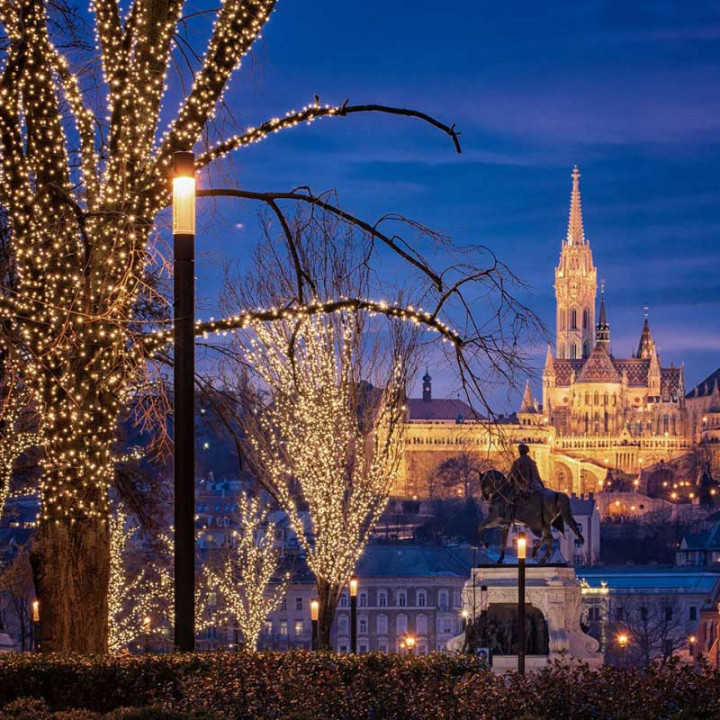
Celebrating Christmas in Spanish-Speaking Latin America
As the holiday season approaches, the world transforms into a canvas of twinkling lights, festive music, and warm gatherings. Nowhere is this spirit of celebration more vibrant and unique than in Spanish-speaking Latin America. With a rich tapestry of cultural influences and traditions, Christmas in this region is a time of unparalleled joy, unity, and spiritual reflection.
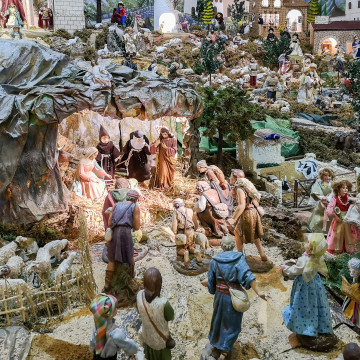
Nativity Scenes: Belén in Every Home
One of the most cherished traditions in Latin America is the creation of nativity scenes, known as “belén”. Families meticulously set up miniature representations of the Nativity scene, often featuring figurines crafted with love and care. These scenes serve as a reminder of the humble beginnings of the holiday and the importance of family.
In many households, crafting the belén is a family affair, with each member contributing to its construction. The figurines, carefully arranged in a stable-like setting, include not only the Holy Family but also an array of animals, shepherds, and Wise Men. This detailed scene captures the essence of the biblical story, providing a tangible link to the heart of Christmas.
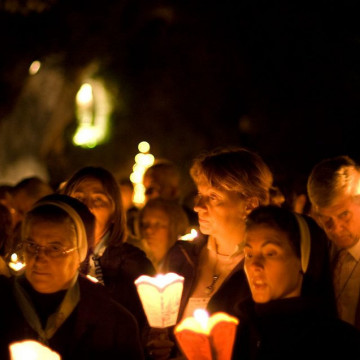
Las Posadas: A Journey of Faith and Community
Las Posadas is a reenactment of Mary and Joseph's search for shelter, celebrated throughout Latin America. This nine-day event, which culminates on Christmas Eve, involves a procession through neighbourhoods, with participants requesting lodging from their neighbours. This ritual reinforces the bonds of community and emphasises the spirit of hospitality.
The reenactment of Mary and Joseph's journey is a powerful representation of the struggles faced by the Holy Family. As participants move from house to house, they sing traditional songs, seeking refuge. The host family, in turn, plays the role of the innkeeper, eventually welcoming them inside. This heartfelt tradition fosters empathy and unity, as it reminds everyone of the importance of offering a helping hand.
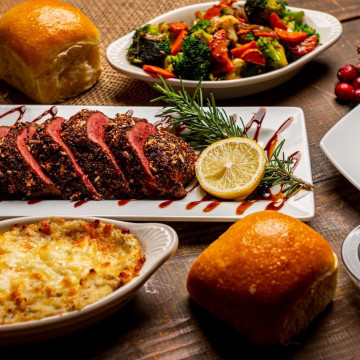
Feasting on Christmas Eve: Nochebuena
In Spanish-speaking Latin America, the main Christmas celebration occurs on the night of December 24th, known as Noche Buena. Families gather for a sumptuous feast that includes traditional dishes like bacalao (salted codfish), roast pork, tamales, and sweet treats like turron and panettone. This culinary extravaganza symbolises abundance, gratitude, and the joy of being together.
The Noche Buena feast is a culmination of weeks of preparation and anticipation. Each dish carries its own significance, often rooted in centuries-old traditions. Bacalao, for instance, represents the influence of Spanish cuisine, while tamales reflect indigenous culinary practices. The feast is a sensory delight, with the aroma of spices and roasting meats filling the air, creating an atmosphere of warmth and togetherness.
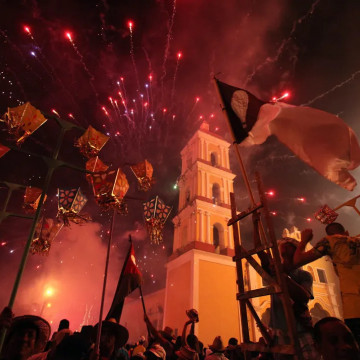
Vibrant Street Celebrations: Fireworks and Parrandas
The streets come alive with vibrant parades and dazzling firework displays in many Latin American cities. In countries like Mexico and Colombia, it's not uncommon for neighbourhoods to engage in friendly competition, known as "parrandas," where groups surprise each other with music, singing, and merrymaking late into the night.
The sight of illuminated streets and the sound of joyous music create an electrifying atmosphere. Fireworks light up the night sky, painting it with a kaleidoscope of colours. The tradition of parrandas is a testament to the exuberance and spontaneity that characterise Latin American celebrations. Communities come together, bridging generational gaps and forging new connections in the spirit of shared festivities.
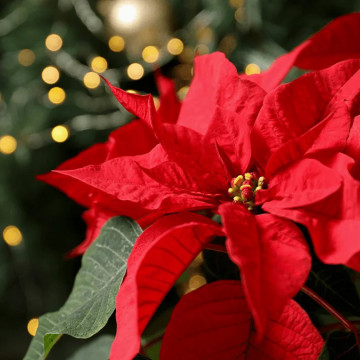
Poinsettias and Sparkling Decorations: Navidad Aesthetic
Poinsettias, known as "flor de nochebuena," are the quintessential Christmas flower in Latin America. Their vivid red hues add a festive touch to homes, churches, and public spaces. Additionally, Christmas decorations often feature bright colours, intricate papel picado (paper cutouts), and festive lights, creating an enchanting atmosphere.
The use of vibrant colours in decorations is a reflection of the region's lively culture. Poinsettias, with their deep red petals, symbolise love and prosperity. Papel picado, delicately crafted paper cutouts, grace homes and streets, adding an artistic touch to the festivities. These decorations evoke a sense of wonder and create a visually captivating backdrop for the holiday celebrations.
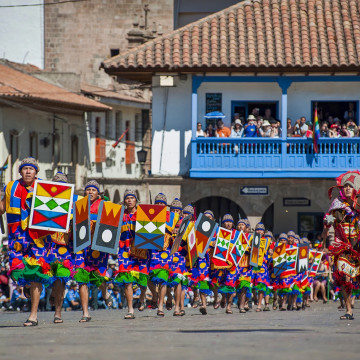
Influence of Indigenous Traditions: Merging Beliefs
Latin America's Christmas celebrations are deeply influenced by indigenous traditions. In countries like Peru and Bolivia, you'll find unique customs blending with Christian practices. For instance, the lively Andean festival of Inti Raymi, which celebrates the Incan sun god, often intertwines with Christmas festivities.
This blend of indigenous and Christian traditions is a testament to the resilience and adaptability of cultures over time. It showcases the harmonious coexistence of different belief systems, creating a rich tapestry of customs that define the Christmas experience in Latin America. The incorporation of indigenous elements serves as a powerful reminder of the diverse roots that shape the region's identity.
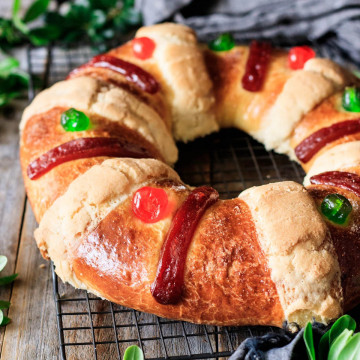
The Epiphany: Three Kings' Day
In many Latin American countries, the holiday season doesn't conclude on December 25th. Instead, it extends to January 6th, known as Día de Reyes or Three Kings' Day. This day commemorates the arrival of the Magi bearing gifts for the baby Jesus. Families exchange presents and enjoy traditional Rosca de Reyes, a sweet bread adorned with candied fruits.
Three Kings' Day is a continuation of the festive spirit, emphasising the act of giving and receiving. Children eagerly anticipate the arrival of the Three Wise Men, who bring gifts and sweets. The Rosca de Reyes, with its circular shape symbolising unity, is shared among family and friends, creating a sense of togetherness that lingers beyond the holiday season.
Celebrating Christmas in Spanish-speaking Latin America is a testament to the region's diverse cultural heritage and the enduring spirit of unity and family. The traditions, from belén to Las Posadas, serve as a poignant reminder of the true meaning of the holiday season. As the world comes together in celebration, let us draw inspiration from the warmth and richness of these traditions, spreading love and joy to all corners of the globe. May the magic of Christmas in Latin America serve as a beacon of hope and a celebration of the human spirit.